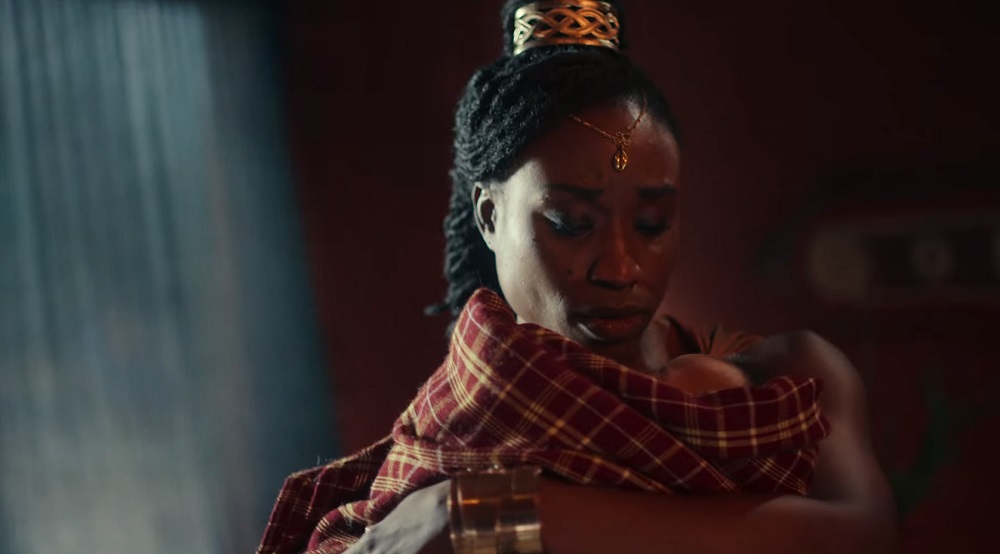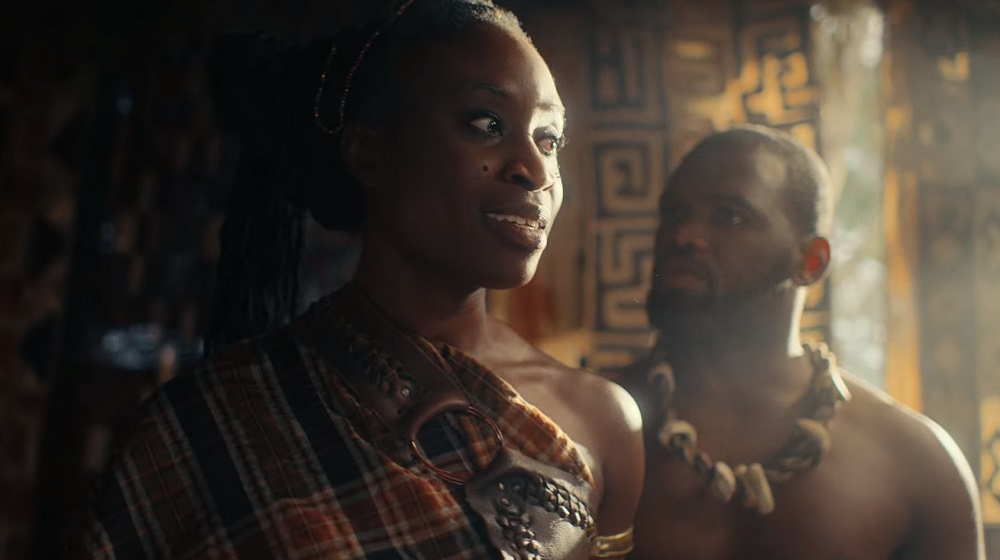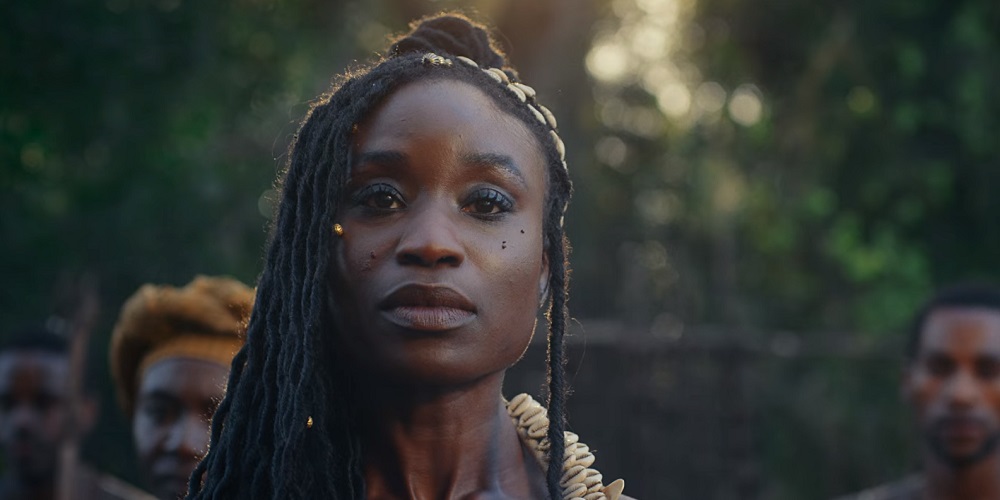Netflix’s ‘African Queens‘ tells the captivating story of Queen Njinga in season 1 as she fights against the Portuguese in order to stop her people from being captured for the Transatlantic slave trade. The historical show focuses on different aspects of her life, from her personal relationship to her military prowess. While the details of her life have certainly captured the attention of the public, many are also eager to know more about any children that the African royal figure might have had. Why was it that her sister was the one to take the throne after her? Well, we are here to explore the same and give you the answers you need!
What Happened to Queen Njinga’s Son?
As it turns out, Queen Njinga did have a child of her own when her father was still alive. The fans of the show might be well aware of this particular tale though there are certain elements of the story that have not been explored in the historical series. In 1617, Njinga’s father, the king of Ndongo, was killed though the circumstances regarding the same have never been confirmed. Following his demise, his son, Mbande, decided to ensure his ascension to the throne.

However, Mbande’s path to succession was not easy. He had an older half-brother, Kiluaje, who had a better claim and a family of his own. Hence, the aspiring king had his rival claimant and his children killed, alongside any potential heirs to the throne. This included Njinga’s infant son, whom she had apparently conceived with her favorite concubine, Kia Ituxi. The death of her only son is a blow to the royal woman, and her devastation is well-portrayed in the show.
It is widely believed that while Mbande had Njinga’s young child killed, he did not have her and his two other sisters meet the same fate due to their popularity. However, he was apparently not a man to take any chances and ordered his three sisters to be sterilized forcefully. The procedure is not for the faint of heart as Mbande apparently had boiling oil, mixed with herbs, poured onto his sisters’ bellies.

Many experts believe that while he had ordered the sterilization of all three sisters, he was especially harsh in his treatment of Njinga, given the rivalry that had existed between the two for a very long time. Whether or not the procedure actually took place is not something that can be proven. It is also hard to ascertain whether or not such a procedure would work as intended, as it was mainly meant to do so using shock, fear, and pain.
Nevertheless, it is a well-established fact that Njinga never had a child after the assassination of her infant son on the orders of Mbande. Throughout her life, she had a close bond with her sisters, and she even proclaimed Princess Kambu to be her heir, forgoing the traditional process of election within her community. she undertook this unorthodox practice in order to ensure a smoother transition.

The show also mentions Njinga Mona, an influential figure in the life of the female monarch during the later years of her life. The name itself apparently meant that he was like a son to Queen Njinga. However, he was not considered a potential heir by the queen herself, which may have been due to the fact that he was not her biological son. It is widely believed that Njinga’s decision to appoint her sister as the future ruler stemmed from her fear of Njinga’s Mona’s rising influence and his conviction in the Imbangala ways. Apparently, the man was married to Kambu as well but decided to revolt against her rule following the death of Queen Njinga.
Read More: Is Netflix’s African Queens Based on a True Story?


You must be logged in to post a comment.